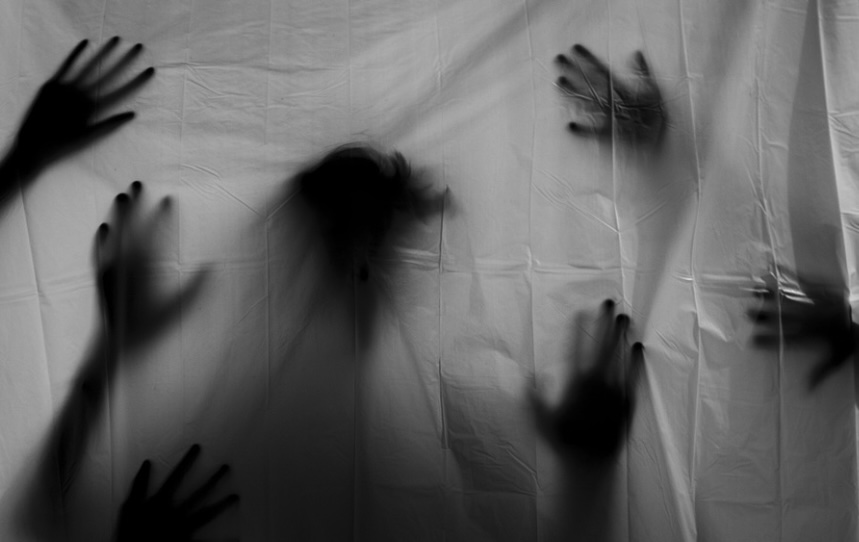Oh horror games. How you keep us on the edge of our seats as our hearts pounce. Horror games, by some accounts, have replaced horror movies. But why are they so scary?
It’s not just the monsters lurking in the shadows or the jump scares around every corner—it’s the combination of graphics and sound that truly bring the terror to life. From eerie environments to unsettling soundscapes, these elements work together to create an atmosphere that goes beyond visuals or audio alone. Let’s explore how graphics and sound shape the horror gaming experience, pulling you into a world of dread and making every moment feel like a fight for survival.
Graphics: Setting the Visual Stage
Graphics are the backbone of any horror game, crafting the visual atmosphere that immerses players into a world of nightmares. High-quality graphics can bring hauntingly realistic environments to life, but it’s not just about how things look—it’s about how they feel. Horror games often use lighting, shadows, and environmental details to build tension and unsettle the player.
Take games like Resident Evil 7 or Silent Hill 2, where the environments are characters in their own right.
Every flickering light, decaying wall, and ominous fog creates a sense of place that’s both familiar and disturbingly off. The careful design of these spaces makes you feel vulnerable, always questioning what’s lurking just out of sight.
Visual storytelling is also a crucial part of this. Blood splatters on walls, discarded belongings, and eerie messages scribbled on mirrors all tell a story without words. These elements add layers to the narrative, immersing you deeper into the game’s world and making you feel like you’re piecing together a puzzle that’s both fascinating and terrifying.
Sound: An Unseen Enemy
While graphics set the stage, sound is the unseen force that controls your emotions. In horror games, sound is more than just background noise—it’s a weapon used against you. The creaking of floorboards, distant whispers, and sudden stingers all serve to keep you on edge. The absence of sound can be just as terrifying; moments of silence are often followed by loud, unexpected noises that send shivers down your spine.
Let’s talk about Dead Space, a masterclass in sound design. The game uses ambient noises to create a constant sense of dread. Mechanical hisses, distant screams, and the unnerving sound of something crawling through vents keep you guessing, always on alert for the next threat. It’s not just about what you hear but how those sounds manipulate your expectations. You never feel safe, and that’s exactly the point.
Music, or the lack thereof, plays a crucial role as well. In Amnesia: The Dark Descent, the minimalistic score often gives way to unnerving, distorted sounds that escalate as you’re being hunted. The lack of a traditional soundtrack enhances the feeling of isolation and desperation, making you feel every second of the chase as though your life truly depends on it.
Together is Better (And More Frightening)
Graphics and sound don’t work in isolation—they complement each other, combining to give you a heart pouncing jump from your seat experience. Games like Outlast and PT (Playable Teaser) are perfect examples of this combination. n Outlast, the grainy night vision of your camcorder alongside the sounds of desperate breathing unsettle you. In PT, realistic scenery combine with haunting audio cues that make you feel as if something is always about to happen.
Conclusion
Graphics and sound are the true stars of the horror gaming genre. They work together to craft experiences that go beyond mere visuals or audio, reaching into the player’s psyche to evoke real fear and anxiety. The best horror games don’t just show you scary things—they make you feel them, immersing you in a world where every shadow hides a threat and every sound could mean danger.
